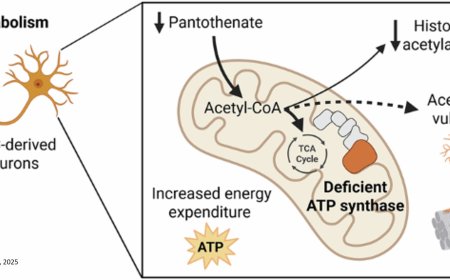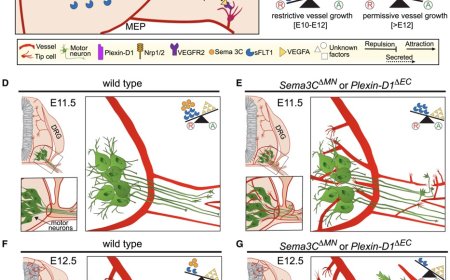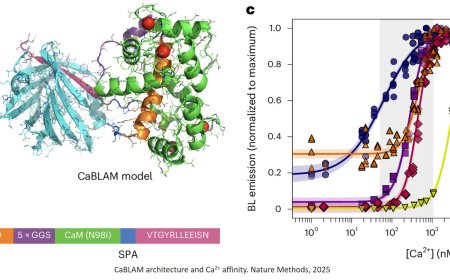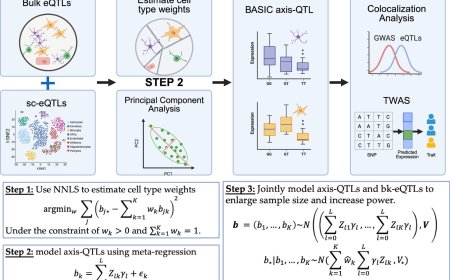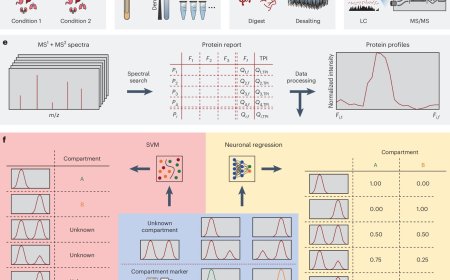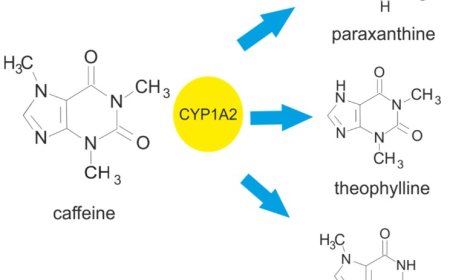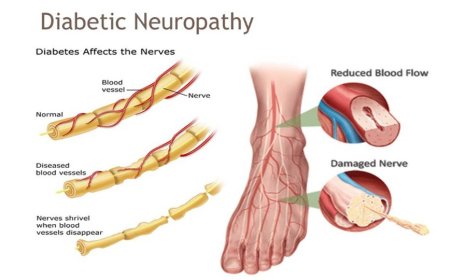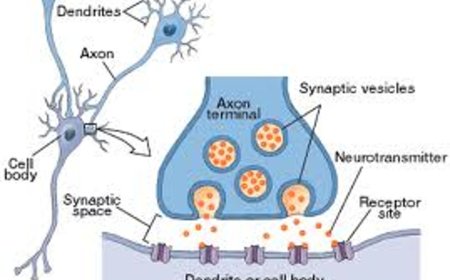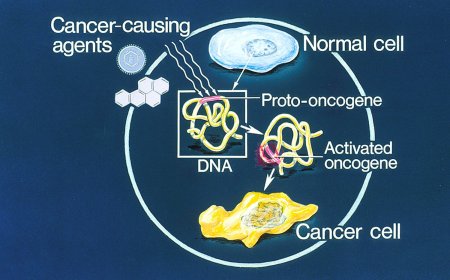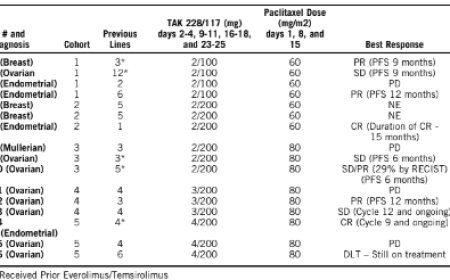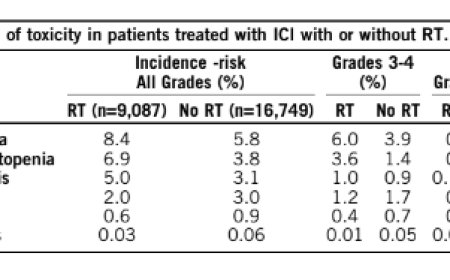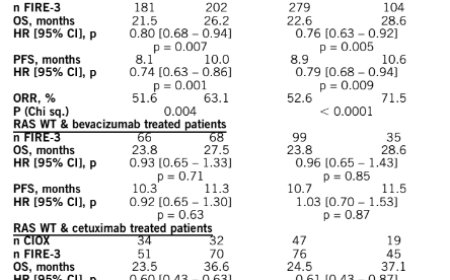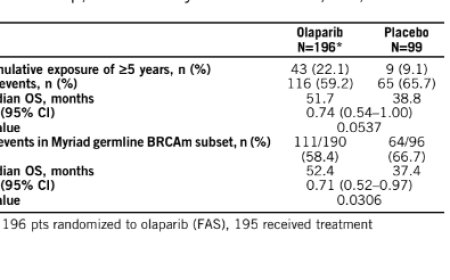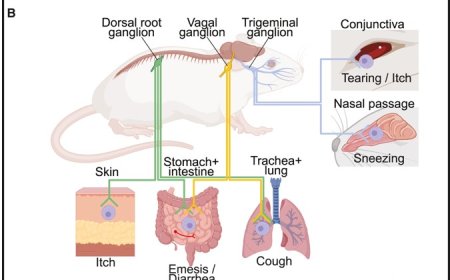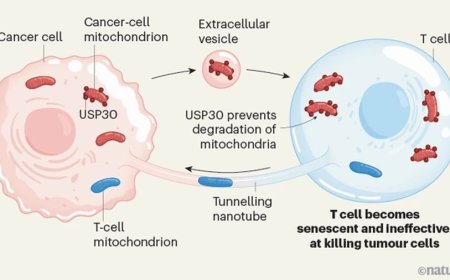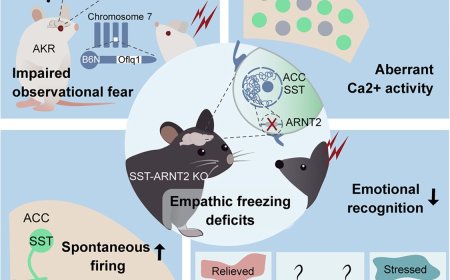Targeting SARM1 in brain
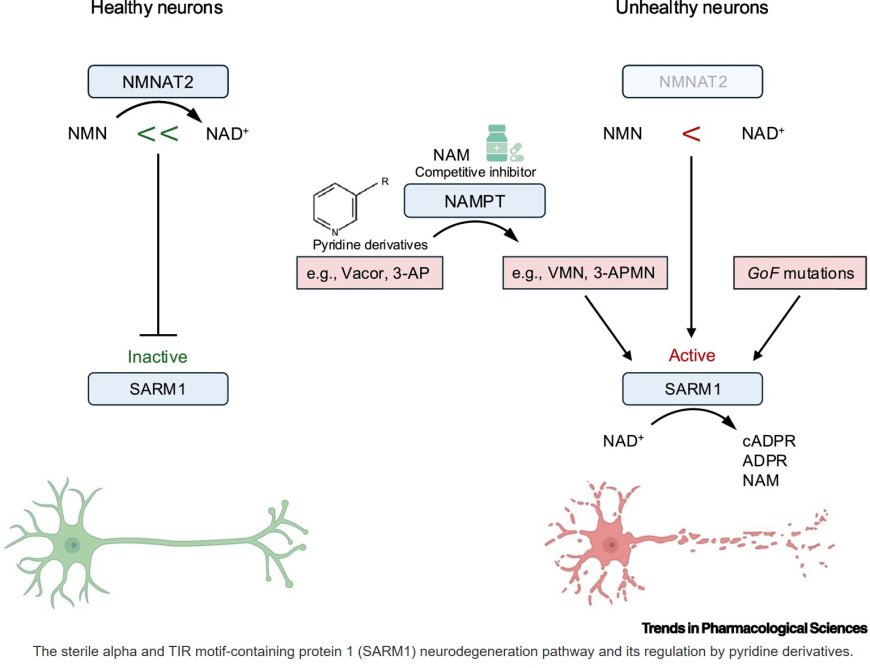
Emerging evidence now implicates sterile alpha and TIR motif-containing protein 1 (SARM1) in human neurodegeneration, supporting recent preclinical and clinical development of SARM1 inhibitory strategies for neuroprotection.
While SARM1 base-exchange inhibitors are in clinical trials, recent reports of toxicity at subinhibitory doses highlight the need for a deeper understanding of how small-molecule inhibitors alter SARM1 activity.
In the central nervous system, SARM1 is not neuronally restricted and is abundant in glial cells, whereas, in the peripheral nervous system SARM1 is absent from peripheral glia.
The recent identification of pyridine derivatives as selective SARM1 activators suggests their use as peripherally administered neuroablative therapeutics for spasticity, dystonia, and neuropathic pain similar to botulinum toxin and capsaicin.
https://www.cell.com/trends/pharmacological-sciences/fulltext/S0165-6147(25)00219-6
